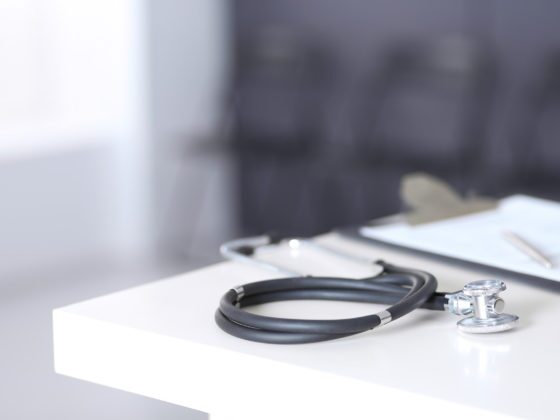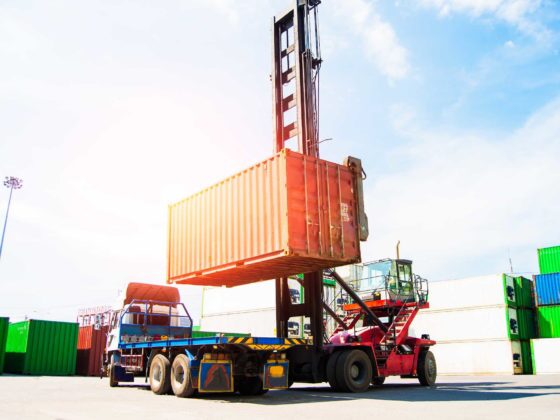On March 15th, 2018, what was meant to be a safe pedestrian passageway for the Florida International University (FIU) community became a Miami tragedy. At approximately 1:46 PM, the FIU pedestrian bridge collapsed onto all lanes of traffic on SW 8 Street, crushing numerous motor vehicles below it on the street, killing six people and severely injuring many others.
Amongst those seriously injured was an employee of an engineering firm serving as a liaison between FIU and the contractors. This gentleman, who would eventually seek out representation by David Sampedro, was standing on the canopy of the bridge when the structure collapsed without warning. At the exact time the bridge collapsed, MCM, the general contractor known as Munilla Construction Management at the time, and one of its subcontractors were tightening the tension rods running throughout the concrete bridge. Those rods snapped during the collapse.
Following the incident, the injured victims and families of the decedents filed lawsuits against the team that helped design and construct the faulty Florida International University (FIU) bridge. Shortly after the inception of litigation, MCM changed its name to Magnum Construction Management and sought protection from the United States Bankruptcy Court by filing for Chapter 11 reorganization. The lawyers representing the victims of this catastrophic event were determined not to allow the bankruptcy to deny justice. After months of litigation, it was announced in December 2019 that the parties will share a collective settlement of $102.7 million. The amount that they will each receive is confidential.
Investigation Points to FIU Bridge’s Risk of Falling
In addition to lawsuits filed as a result of injuries and deaths due to the FIU pedestrian bridge collapse, there were also lawsuits filed by individuals who were associated with the construction of the bridge, including one filed by Mr. Sampedro. In an investigation by Panter, Panter and Sampedro, it was revealed that some of the contractors and engineers may have ignored warning signs of the bridge’s risk of falling.
Mr. Sampedro alleged that the companies acted recklessly in attempting to rush the delayed project. They chose to disregard and ignore the evidence of structural damage including reports from individuals who warned the contractors and engineers that the bridge was highly likely to cause injury or death to the workers. By ignoring these warnings, the companies recklessly disregarded the health, safety, and welfare of others.
The complaint filed by Mr. Sampedro also alleged that various contractors failed in their duty to adhere to safety standards, when they “drastically deviated from the safe, known, and established methods of bridge design, construction, and inspection.” Furthermore, at the time of the collapse, the bridge lacked any kind of redundancy in case of a major failure.
In October 2019, the National Transportation Safety Board confirmed a similar conclusion when it released a final report stating that:
“…load and capacity calculation errors made by FIGG Bridge Engineers, Inc., are the probable cause of the fatal, March 15, 2018, Florida International University pedestrian bridge collapse in Miami. Contributing to the collapse was Louis Berger’s inadequate peer review, which failed to detect FIGG’s calculation errors in its design of the main span truss member 11/12 nodal region and connection to the bridge deck. The FIGG engineer of record’s failure to identify the significance of structural cracking observed in this node before the collapse, and failure to obtain an independent peer review of the remedial plan to address the cracking, further contributed to the collapse.”
References
Teproff, C. (n.d.) FIU Bridge Victims or their Families will get their cut of $102.7 million, judge affirms. Retrieved from https://miamiherald.com/news/local/education/article238317828.html
Load, Capacity Calculation Errors, Inadequate Peer Review Led to Pedestrian Bridge Collapse (October 22, 2019) Retrieved from https://ntsb.gov/news/press-releases/Pages/NR20191022.aspx





